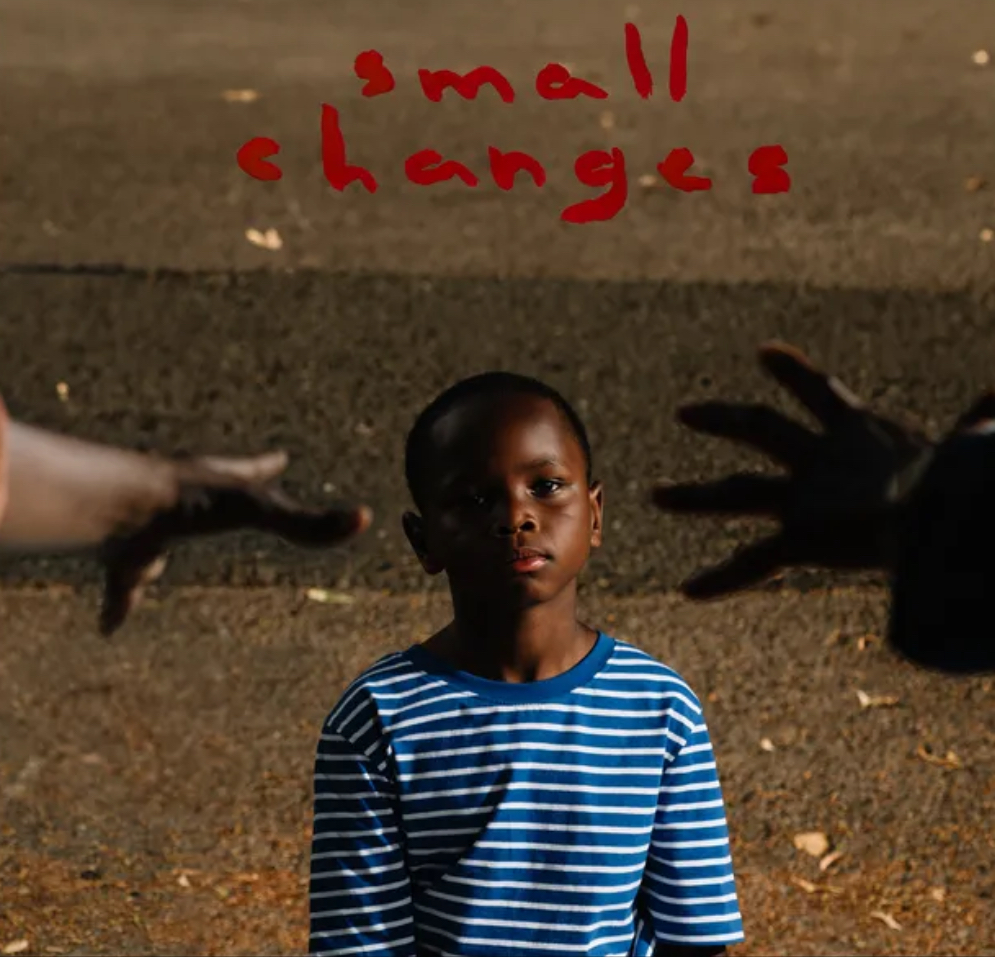An older woman’s hands paint delicate Chinese symbols on a fragile silk fan, with soft oriental music crooning in the background. The candlelight flickers, casting shadows on the fan as the light traces the wrinkles of the worn hands that so deftly guide the old-fashioned ink pen to the silk.
This is the beginning of “Snow Flower and the Secret Fan,” based on the novel of the same name by Chinese-American author Lisa See. The 2011 historical drama film is primarily about two young girls in 19th century China, a time and place where Chinese women were forced to endure harsh treatments physically, emotionally and socially, leading a dull life without much laughter or genuine happiness.
Snow Flower, the chubby daughter of an affluent upper class man, and Lily, a plain and humble girl belonging to a poor family, have about as much in common as a gold vase and a pile of dirt. But they are destined to be lifelong companions, more like sisters than friends.
As young children, before their paths ever cross, they are introduced to the concept of foot binding – the old and unbearably painful Chinese practice of breaking the toes and binding them under the sole to create the perfect three-inch foot that was found to be very attractive to men at the time. Snow Flower and Lily have their feet bound on the very same day, about a year before meeting. Their matchmaker – assigned to arrange their mutual friendship as well as their future marriage partners – pairs them as “laotong,” meaning “old sames.” They are bonded for eternity in the closest kind of friendship, deigned to be each other’s confidante, growing up together as the kind of women their society has molded them to be.
When Lily marries first and moves in with her husband and his family, her new stepmother does not approve of her relationship with Snow Flower and forbids them to see each other. This unforeseen hindrance ushers in a new period of secrecy and furtive communication between the two lifelong friends, who begin writing to each other in the folds of elegant silk fans in a secret language called “Nu shu,” often with a servant acting as an intermediary. The story follows them through the trials and tribulations of adulthood and childbearing, physical and emotional abuse, pain and even death. It follows them through the typhoid epidemic and their mutual struggles, the loss of family members, and the disruption of a lifestyle caused by the Taiping Revolution. With each new obstacle, their friendship is tested, strengthened and nearly broken, but never completely destroyed.
But deeply entwined with the story of Snow Flower and Lily is the parallel story of their descendants in present-day Shanghai. Sophia Liao, a quiet girl with a strict, spiteful stepmother and a distant father, becomes best friends with her tutor, Nina Wei. Sophia’s stepmother disapproves of their friendship because she believes Nina to be too wild, corrupting and distracting Sophia with upbeat pop music, dancing and fun. Sophia and Nina, direct descendants of Snow Flower and Lily, respectively, decide to solidify their pact as sisters in a traditional “laotong” agreement after learning about their ancestors doing the same.
Despite Sophia’s stepmother’s disapproval, the two girls continue to communicate via silk fan, much like the way Snow Flower and Lily once did. Their friendship also takes a beating as they deal with adolescent drama on the road to adulthood, unforeseen death, demanding jobs and relationships. After a serious fight, the two girls end up going their separate ways; Sophia moves to Australia and Nina stays behind.
But during this hiatus in their friendship, Sophia ends up in a coma in a hospital in Shanghai after being hit by a car. Upon receiving a phone call from the hospital, Nina is baffled. What was Sophia doing in Shanghai? Why was Nina’s the last number dialed on her phone? Why was she carrying around a manuscript and a man’s suit in her bag?
“Snow Flower and the Secret Fan” can be confusing at times and often hard to follow, but it is an interesting juxtaposition of past and present-day laotong friendships. It’s historically accurate and beautifully produced, tugging on viewers’ heartstrings. It’s about Nina’s quest for answers and Sophia’s lifelong search for identity. It’s about the infallible loyalty and enduring friendship between Snow Flower and Lily. But most of all, it’s about the unbreakable bonds of sisterhood, bonds that can only be strengthened with time.
Leading in today’s Crimson White:
Leather, lace emerge from Fashion Week
[Opinion] Tobacco ban inhibits free will, relationships formed








